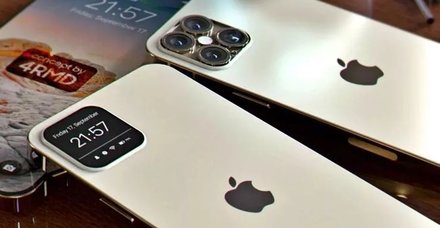Apple has placed a high value on environmental sustainability on its new iPhone 15 models. These new models use recycled materials, like recycled aluminum substructure, and a recycled cobalt battery. It also cuts down on carbon emissions with sustainable production techniques.
They also steer clear of leather and other products with an environmental footprint that are larger as they move towards the use of plastic-free packaging. Furthermore, they have environmentally friendly accessories such as the FineWoven case as well as a wallet featuring MagSafe.
Recycled Aluminum Enclosure
Aluminum is among the most abundant metals in the world and is able to be recycled over and over and over again, without losing its strength or durability. Aluminum is also among the easiest substances to separate from the other metals. This is why it’s important to sort your recyclables before you drop it off at the trash can.
The iPhone 15 and iPhone 15 Pro models feature an enclosure built of recyclable aluminum that is 100% recycled. This is a huge improvement from previous iPhone Pro models that featured stainless steel enclosures.
Utilizing solid state diffusion as well as using a furnace Apple made it possible to separate titanium from aluminum within Apple’s iPhone 15 Pro Max’s controls as well as antenna lines. The destructive analysis is crucial to demonstrate how the two metals can be extracted separately from one another, showing that titanium isn’t just a cheap material.

Ceramic Shield Carbon Emissions Reduction
Apple’s retail shops and data centres run on 100percent renewable energy in addition, the iPhones are designed by focusing on sustainability. The dien thoai iphone 15 also supports initiatives to conserve the environment, such as restoring mangroves and establishing grasslands. Furthermore, it has cut down on the amount of packaging made from plastic and is also reducing carbon emissions due to the way it ships.
Apple is believed to substitute leather cases for the iPhone 15 with an environmentally sustainable alternative that replicates the appearance and feel of leather, but without the use of animal products. In addition, the cases carbon footprint is considerably less than leather. Although this is an excellent beginning, it’s crucial to note that Apple must do more to tackle issues such as forced obsolescence of software, reliance on toxic metals, and contracts with recyclers to degrade potentially salvageable components, and many more.
Reduced Plastic Usage
To make room for iPhone 15 Pro, Apple has lowered the quantity of plastic used for its designs. Apple claims this is one of its most important efforts towards achieving no plastic usage.
Apple will also work in enhancing recycling technology to minimize its negative impact on the planet. This year, the company has diverted 12.2 million gadgets and other accessories into its recycling program. This can reduce the requirement for further mining.
While manufacturing, when it’s being manufactured, iPhone 15 produces more than 8kg fewer greenhouse gases than its predecessor. This is achieved by making it more energy-efficient and by decreasing its use of material. It is true that any improvement could be welcomed and the best way to do this is through reducing consumption and ensuring devices are kept in good condition for the longest time before making the necessary upgrades.
Eco Friendly Packaging
With the new iPhone 15 line-up, Apple has made great progress in environmentally friendly packaging. Apple utilizes 99 percent fibre-based packaging, and it ships to customers using low carbon shipping methods. They also emphasize ethical sourcing as well as strict requirements in the primary materials.
Additionally, the iPhone’s eco friendly accessories include recycled components as well. For example, the new FineWoven case and wallet featuring MagSafe use an alternative to leather that is significantly less carbon emissions than traditional leather.
Apple is working to lower carbon emissions throughout its supply chain. Apple has set a the goal of becoming carbon neutral by the year 2030. The company releases regular product environmental reports and is dedicated to responsible sourcing. The company also urges customers to recycle old gadgets through their trade-in programs and repair services.
Renewable Energy
The iPhone 15 uses 100 percent recycled cobalt as its battery and 75% recycled aluminum as the frame. Apple is also updating the camera with a 48 megapixel version which offers more clarity and improved low-light performance.
The company’s big autumn event, Apple emphasized its green bona fides by touting its efforts to make sustainable products and advancing progress toward its goal of carbon neutrality before 2030. The latest FineWoven material helps reduce carbon dioxide emissions by a third compared to leather. The iPhone 15 Pro lineup features an MagSafe case constructed from the 68 percent of post-consumer recycled products.
The firm’s Clean Energy Charging feature intelligently will charge your device only when lower carbon-emission electricity is available. In addition, it offsets emission with carbon credits of high quality obtained from projects based on nature. This is a major accomplishment for a firm that’s famous for releasing new products every year but with very little time for upgrade or repair.